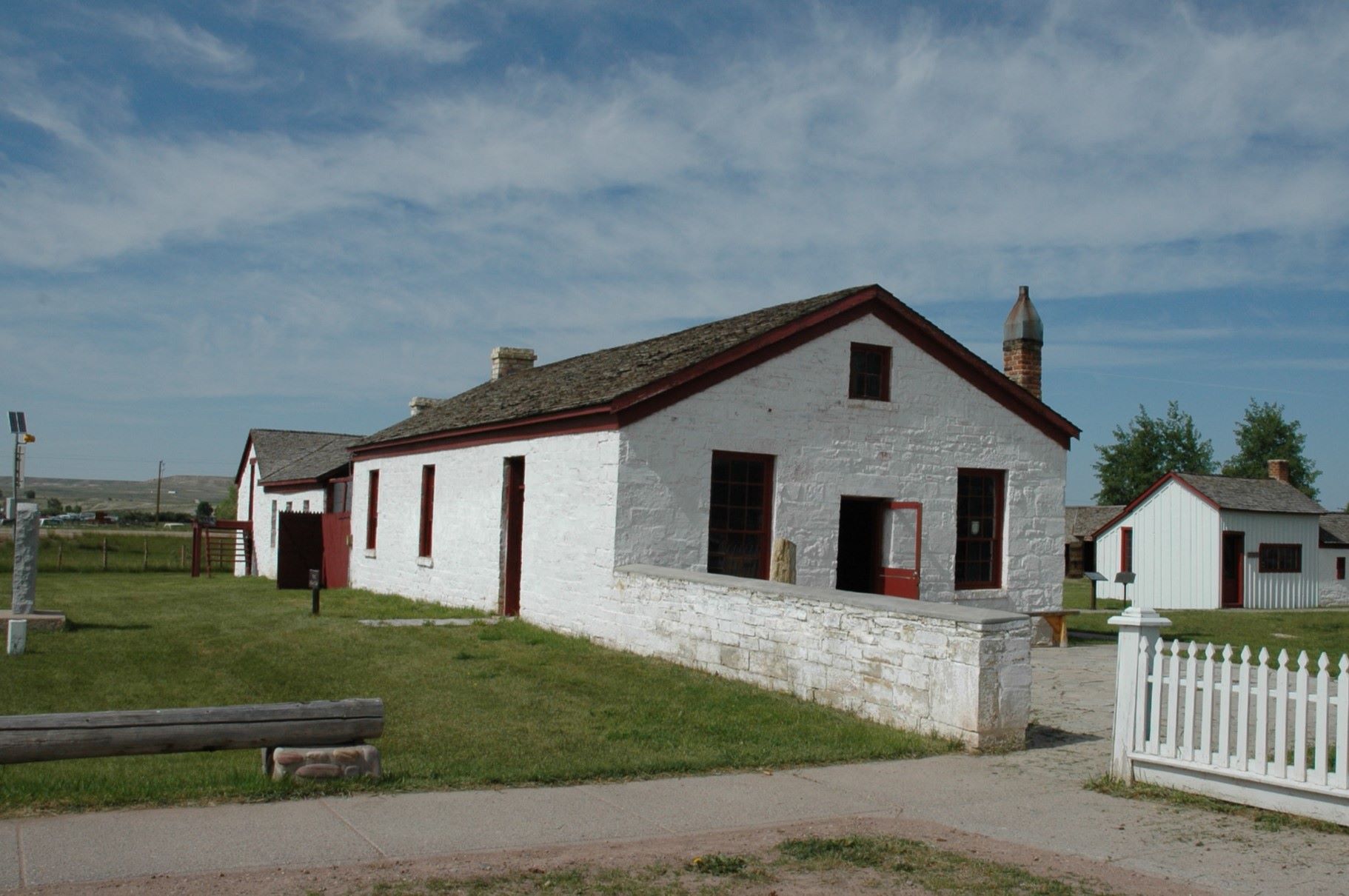Mysteries Of Wyoming’s Deserted Fort

Have you ever wondered what secrets lie within Wyoming's deserted forts? These historical sites hold stories of the past, waiting to be uncovered. Imagine walking through old barracks, peeking into abandoned stables, and standing where soldiers once stood. Each fort has its own unique tale, from battles fought to daily life in the wild frontier. Whether you're a history buff or just curious, exploring these forts can be like stepping back in time. Ready to learn more about these intriguing places? Let's dive into the fascinating world of Wyoming's deserted forts and discover their hidden stories.
Wyoming's Deserted Forts: A Journey Through Time
Wyoming, known for its rugged landscapes and rich history, hides some fascinating deserted forts. These forts, once bustling with life, now stand as silent witnesses to the past. Let's explore these intriguing remnants of history.
Fort Laramie: Gateway to the West
Fort Laramie, established in 1834, played a crucial role in westward expansion. It served as a military post, trading hub, and a stop for pioneers on the Oregon Trail.
- Fort Laramie National Historic Site: This site preserves the remnants of the fort, including officers' quarters, barracks, and the old trading post. Walking through these structures gives a glimpse into the lives of soldiers and settlers.
Fort Bridger: A Trading Post Turned Military Outpost
Fort Bridger, founded by Jim Bridger in 1842, started as a trading post for trappers and traders. Later, it became a military outpost to protect emigrants traveling west.
- Fort Bridger State Historic Site: Visitors can explore reconstructed buildings, including the trading post, barracks, and a blacksmith shop. The site also features a museum with artifacts from the fort's history.
Fort Fetterman: A Frontier Defense
Fort Fetterman, established in 1867, was built to protect settlers from Native American attacks. It played a significant role during the Indian Wars.
- Fort Fetterman State Historic Site: The site includes the ruins of the fort's buildings, such as the officers' quarters and the guardhouse. Interpretive signs provide information about the fort's history and its role in the Indian Wars.
Fort Caspar: A Short-Lived Military Post
Fort Caspar, named after Lieutenant Caspar Collins, was established in 1859. It served as a military post for a brief period before being abandoned.
- Fort Caspar Museum and Historic Site: This site features reconstructed buildings, including the fort's barracks and a replica of the Platte Bridge Station. The museum houses exhibits on the fort's history and the people who lived there.
Fort Phil Kearny: A Site of Conflict
Fort Phil Kearny, established in 1866, was one of the most important forts during the Indian Wars. It was the site of several significant battles, including the Fetterman Fight.
- Fort Phil Kearny State Historic Site: Visitors can explore the remains of the fort, including the parade ground and the officers' quarters. The site also features a visitor center with exhibits on the fort's history and the battles that took place there.
Fort Reno: A Forgotten Outpost
Fort Reno, established in 1865, was built to protect the Bozeman Trail. It was abandoned just a few years later, leaving behind only ruins.
- Fort Reno Historic Site: This site includes the remains of the fort's buildings, such as the barracks and the guardhouse. Interpretive signs provide information about the fort's brief history and its role in protecting the Bozeman Trail.
Fort Sanders: A Civil War-Era Fort
Fort Sanders, established in 1866, was built to protect the Union Pacific Railroad during its construction. It played a crucial role during the Civil War era.
- Fort Sanders Historic Site: Visitors can explore the remains of the fort, including the officers' quarters and the guardhouse. The site also features interpretive signs that provide information about the fort's history and its role during the Civil War era.
Fort Washakie: A Fort Turned Reservation
Fort Washakie, established in 1869, was initially a military post. Later, it became part of the Wind River Indian Reservation.
- Fort Washakie Historic Site: This site includes the remains of the fort's buildings, such as the officers' quarters and the guardhouse. Visitors can learn about the fort's history and its transition to a reservation.
Wyoming's Deserted Forts Await
Wyoming's deserted forts offer a unique glimpse into the past. These historical sites, scattered across the state, tell stories of frontier life, military strategy, and Native American history. Exploring these forts, like Fort Laramie and Fort Bridger, provides a tangible connection to the events that shaped the American West. Each fort has its own tale, from the bustling trade posts to the strategic military outposts. Visiting these sites, you can almost hear the echoes of soldiers' footsteps and the bustling activity of settlers. Whether you're a history buff or just curious, these forts are worth the trip. They remind us of the challenges and triumphs of those who came before us. So pack your bags, hit the road, and uncover the mysteries of Wyoming's deserted forts. It's a journey through time you won't forget.

